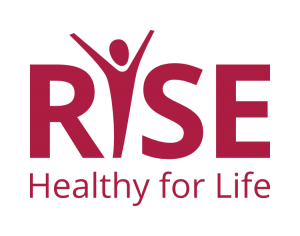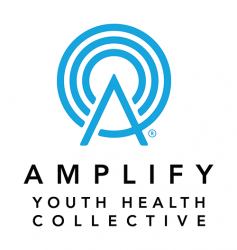LGBTQIA+ students have the right to a safe and healthy learning experience in the state of Michigan. Students and educators, however, are often unaware of these rights. In this training, participants will identify and state the implications of key legal and policy issues affecting LGBTQIA+ students and safe school environments in Michigan.
In this training, participants will:
- Review relevant and current data related to LGBTQIA+ students.
- Examine federal and state law and policy.
- Discuss district-level decisions and the Michigan Department of Education's Statement and Guidance on Safe and Supportive Learning Environments for LGBTQ Students.
- Examine law around GSA clubs.
- Identify current needs and action planning.




